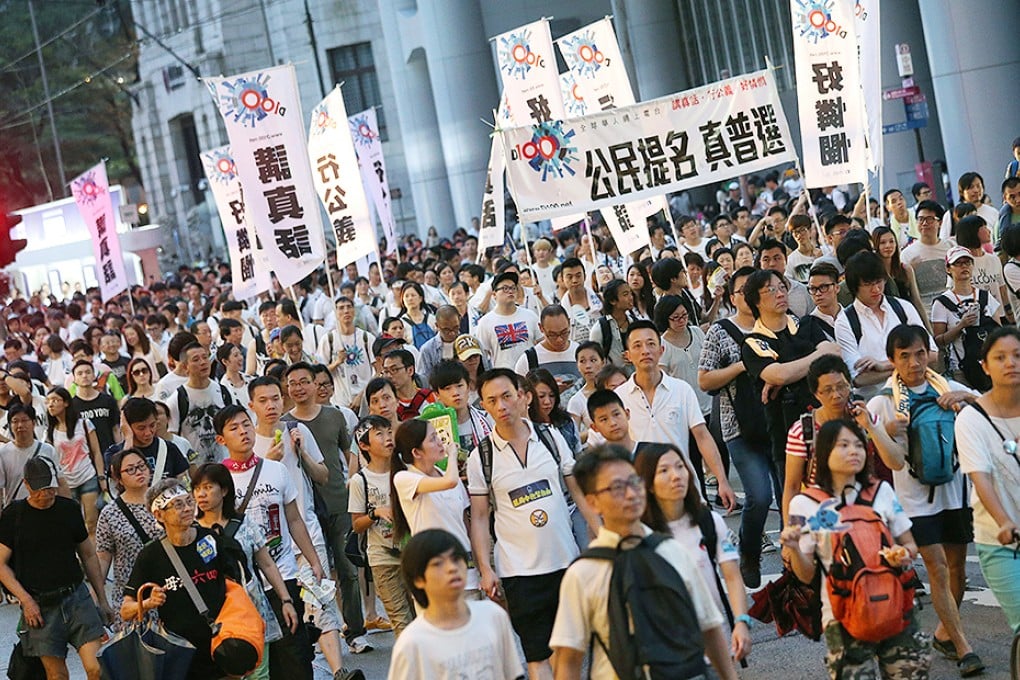SCMP study puts July 1 protest number at 140,000, well below organiser estimates
Computerised analysis commissioned by Post estimates just 140,000 people took part in July 1 march, well below organisers' 510,000 figure

A study commissioned by the South China Morning Post estimates 140,000 people took part in the July 1 march.
The result - calculated through computerised area-density analysis - is similar to separate estimates by two University of Hong Kong academics but falls way below the organisers' figure of 510,000. The police did not offer a total but estimated the largest number of marchers at any one time at 98,600.
Watch: How we got our numbers for the July 1 march
The number of people taking part in the annual rally has always been controversial, with police, the organisers and academics releasing widely different figures.
The dispute this year is further complicated by the slower-than-usual pace of the procession. In 2004, it took a protester on average of 90 minutes to march from Victoria Park to Central. On Tuesday it took about three hours.